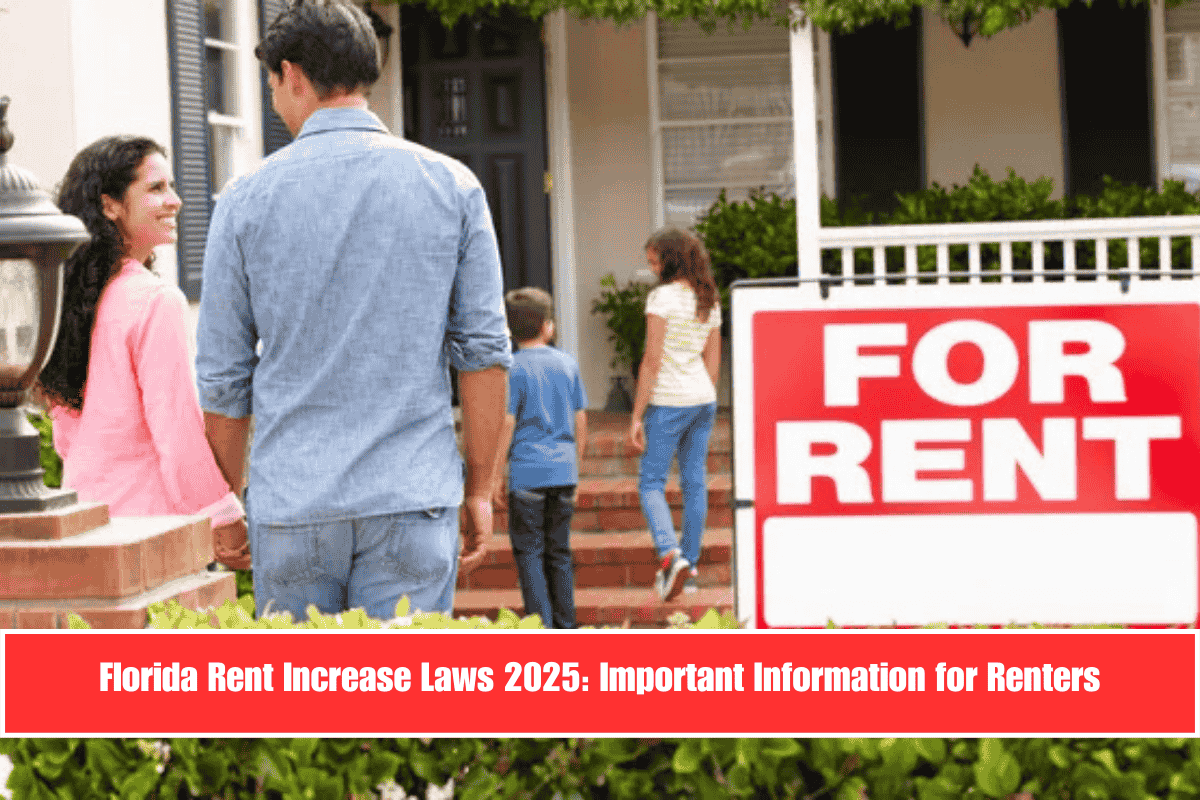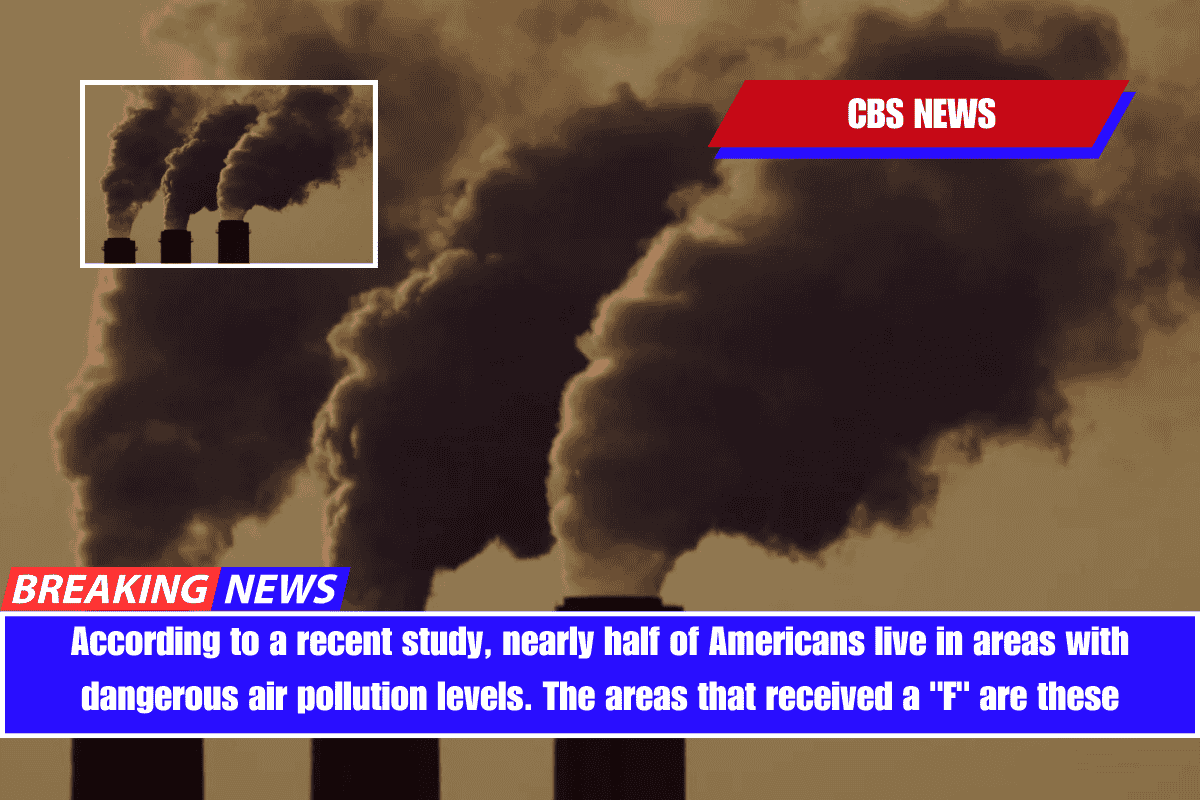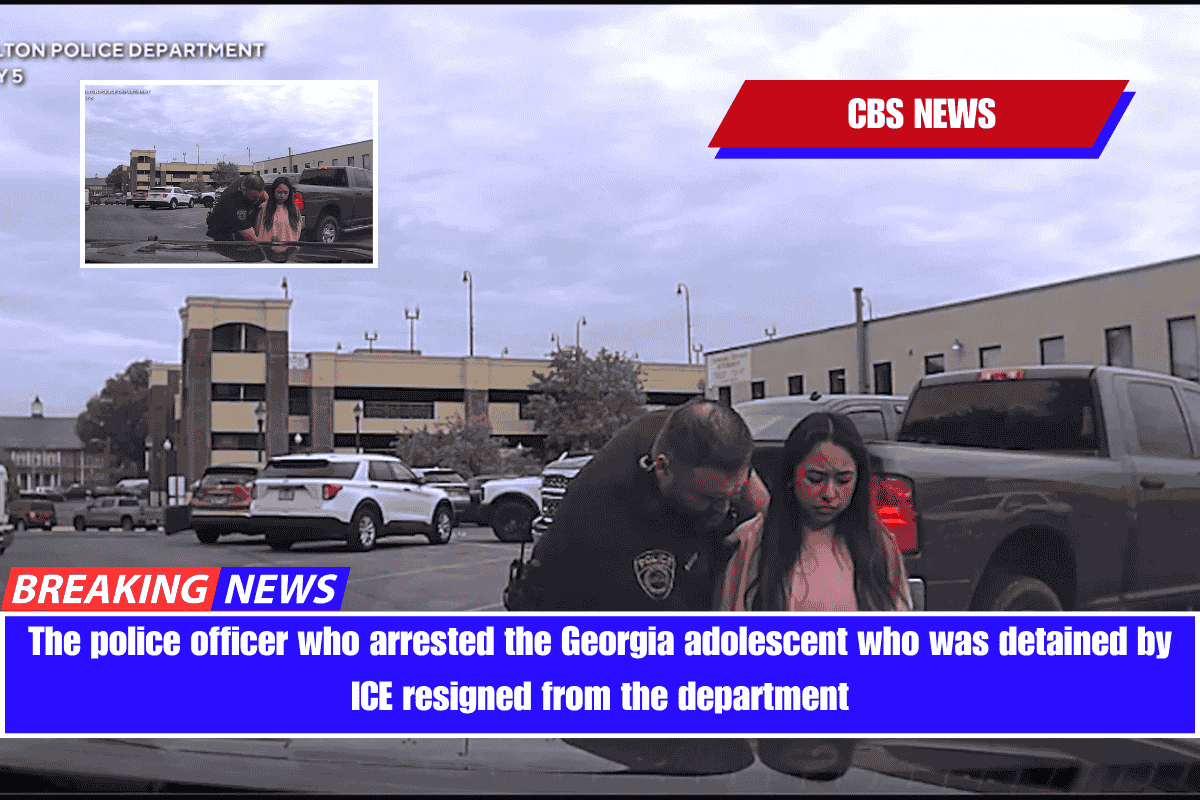A new report on air quality in the United States provided a bleak outlook for the long-term health of approximately 156 million residents who live in areas with a “F” in smog and soot pollution.
The American Lung Association’s annual State of the Air report, which examined the most recent air quality data from 2021 to 2023, found that 25 million more people are breathing “unhealthy levels of air pollution” than the previous year.
According to the report, approximately 46% of Americans live in areas that received a failing grade on at least one of the three measures studied: short-term particle pollution, year-round particle pollution, and ozone pollution.
Since the Clean Air Act was signed into law in 1970, emissions of the six most common air pollutants have decreased by 78%, according to the Environmental Protection Agency — but recent analyses show that air pollution has increased in recent years.
Laura Kate Bender, an assistant vice president at the American Lung Association, told CBS News that since the act was passed, overall air pollution has decreased. “The challenge is that we’ve been seeing it tick back up in recent years, which is due in part to climate change.
Climate change is exacerbating some of the conditions that cause wildfires and extreme heat, which contribute to ozone pollution across the country.”
The most polluted and cleanest U.S. cities
According to the report, Bakersfield, California, continues to have the worst year-round and short-term particle pollution for the sixth consecutive year. The industrial city, which is known for agriculture, mining, and oil refineries, was also ranked third for the most severe high ozone levels.
Casper, Wyoming, has less than 80,000 residents, while Bakersfield has nearly 914,000.
Here’s the American Lung Association’s most recent ranking of the top ten cities with the worst year-round particle pollution:
- Bakersfield-Delano, California
- Visalia, California
- Fresno-Hanford-Corcoran, California
- Eugene-Springfield, Oregon
- Los Angeles-Long Beach, California
- Detroit-Warren-Ann Arbor, Michigan
- San Jose-San Francisco-Oakland, California
- Houston-Pasadena, Texas
- Cleveland-Akron-Canton, Ohio
- Fairbanks-College, Arkansas
Climate change and regulations roll back
Prior years of reporting revealed that the worst of the nation’s air quality was concentrated in western states, but a new report released Wednesday stated that the concentration of poor air has begun to shift east.
Extreme heat, a lack of precipitation, and wildfires caused by climate change are all contributing to poor air quality in the United States and exposing an increasing proportion of Americans to pollutants, according to the report. It cited a deadly heat wave in 2023 and smoke from Canada’s worst wildfire season as factors contributing to higher levels of air pollution in central and eastern states.
“I think we knew that wildfire smoke would have an impact on air quality in the United States,” said Kevin Stewart, the American Lung Association’s environmental health director, to CBS Philadelphia. “I think we were surprised at the Lung Association by how strong the effect was, especially in the northeastern quadrant of the continental United States.”
The EPA announced last month that it will repeal or change 31 environmental rules and regulations, including revisions to national particulate matter air quality standards, industrial air pollutant emission standards, and vehicle emissions regulations. The proposed cuts jeopardize more than five decades of progress, according to Kate Bender.
“Unfortunately, we see that everything that makes our air quality better is at risk,” she told the crowd. “The EPA, the agency that protects our health, is at risk due to staff and funding cuts. The regulations that have helped to clean up our air in the past are under threat. If all of those cuts become reality, it will have a significant impact on people’s health by making the air they breathe dirtier.”
EPA Administrator Lee Zeldin argued that the deregulation will instead drive “a dagger straight into the heart of the climate change religion to drive down the cost of living for American families, unleash American energy, bring auto jobs back to the U.S., and more.”
Zeldin told senior White House correspondent Weijia Jiang on “Face the Nation” that he can “absolutely” guarantee that Trump administration deregulations will have no negative health consequences for people or the environment.
What are the health effects of air pollution?
According to the American Lung Association, ozone and particle pollution can cause a variety of health problems, including premature death. Extensive research has shown that poor air quality causes asthma, heart attacks, strokes, lung cancer, and impaired cognitive function later in life.
“The air pollutants covered in this report are widespread and can have an impact on anyone’s health,” Kezia Ofosu Atta, advocacy director for the Lung Association of Michigan, told CBS Detroit.
“This air pollution is causing kids to have asthma attacks, making people who work outdoors sick and unable to work, and leading to low birth weight in babies,” Ofosu Atta said, urging lawmakers to take action to improve the city’s air, which ranked sixth in the nation for year-round pollution.
According to the American Lung Association report, Black people are more likely to suffer the serious health effects of air pollution due to the long history of systemic racism in the United States, including segregation and decision-makers finding it easier to locate sources of pollution such as power plants, industrial facilities, landfills, and highways in economically disadvantaged communities of color.


















Leave a Reply